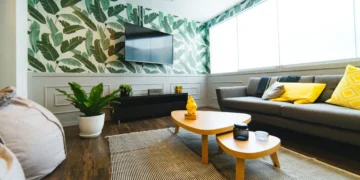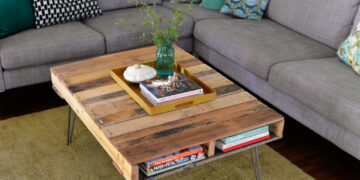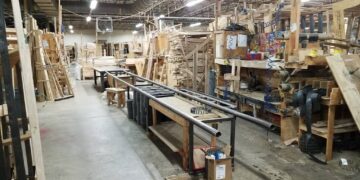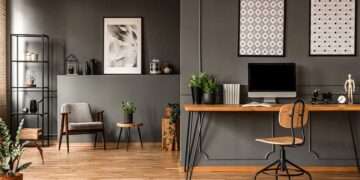The average home sits empty for about 40 percent of the time. To make your home more sustainable, look to offer occupants passive benefits that don’t require any upkeep or resources. Passive benefits provide occupants with certain features without requiring them to spend money on them.
They can include things as simple as installing a thermostat in your home, so you can save energy and money when turned off, or as an elaborate project like installing a rooftop garden that provides food for the entire house year-round.
Install smart home automation
When it comes to smart home automation, there are many ways to go about it. You can have your windows and door locks controlled by an app, and have your thermostat controlled via an app, as well if you have an Amazon Alexa, Google Home, or IFTTT device.
With smart home automation systems, you can have things like lights turn on when you walk through the door, or when your kids arrive home from school. You can give your dog a wide berth, so he doesn’t bark at you.
You can also have lights and devices turned on when you’re away from home. This way, you can come home to a warm house and don’t have to carry your bags from the car.
Install solar panels
If your home sits in a sunny area, consider installing solar panels. This can provide you with the ability to generate your own electricity, which can be sold back to the grid and give you a substantial monthly income.
If you live in a sunny climate and have an adequate roof and mounting system, installing solar panels can be a great investment.
If your home doesn’t have enough roof space to install solar panels, consider a solar power sunroom or roof-mounted solar panels. These can give you the same benefits as a rooftop system without covering your entire roof.
Go for thermal mass
Another way to furnish your home more sustainably is to go for thermal mass. Thermal mass absorbs heat from the air and conducts it out to the air via convection, conduction, and radiation.
It’s used in many construction methods and can be very effective in warming your home in the winter while keeping it cool in the summer. This can be done by adding bricks, concrete, or other materials, or by having a wall with high thermal mass, like a concrete wall or a redbrick wall.
In addition, you can also have thermal curtains that block the heat from escaping or thermal socks that heat up when placed on cold surfaces.
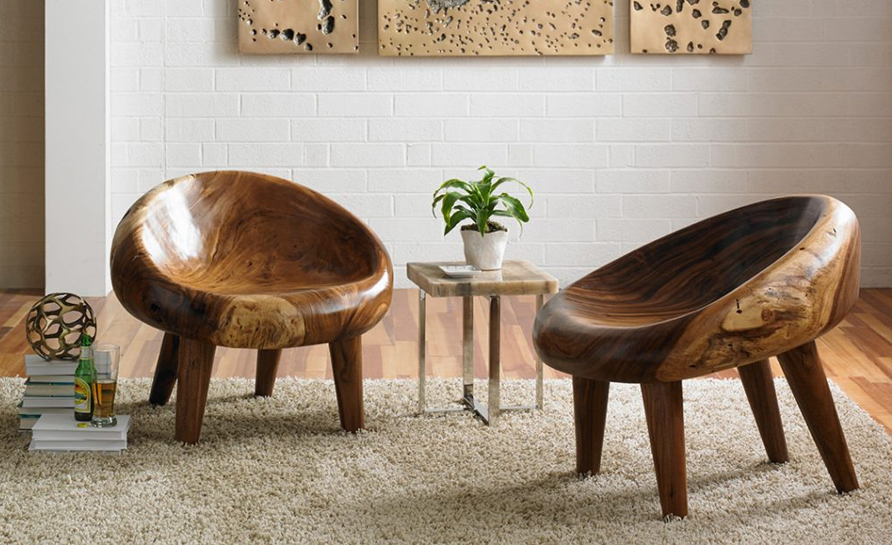
Install rain barrels and greywater disposal system
If your city or town has a water shortage or if you live in a dry area, you can use rain barrels and greywater disposal systems to furnish your home more sustainably. With rain barrels, you can collect rainwater from the roof and use it for watering the garden, washing the car, or other purposes.
It takes up very little space and has no environmental impact. When it comes to a greywater disposal system, you can use it to furnish your home more sustainably.
Grey water comes from showers, baths, and kitchen faucets. You can use it on plants and in the landscape, or you can use it for washing your car or clothes in the washing machine.
Dorm rooms
If you have a spare room, consider converting it into a dorm room. It can be an inexpensive way to furnish your home more sustainably since it requires almost no upkeep. If you don’t want to use a room as a dorm room, you can also use it as additional storage.
You can install dorm room-friendly lighting and furniture that’s easy to clean and move around. You can also add wall decorations, posters, and other items that appeal to college students.
Conclusion
The older you get, the fewer hours you have in the day, and the more you’ll appreciate the little things. Creating an environment that’s affordable, sustainable, and welcoming is an important part of living well.
With a little creativity and a lot of effort, you can furnish your home with sustainable, low-cost, and eco-friendly products that will make a positive impact on the environment. There are many ways to furnish your home more sustainably, from smart home automation to installing solar panels and going for thermal mass.
If you live in a sunny climate and have an adequate roof and mounting system, installing solar panels can be a great investment. If your home doesn’t have enough roof space to install solar panels, consider a solar power sunroom or roof-mounted solar panels.
There are many benefits to converting a spare room into a dorm room or adding a dorm room to an existing home. Additionally, you can use thermal mass to keep your home warm in the winter, while keeping it cool in the summer.



